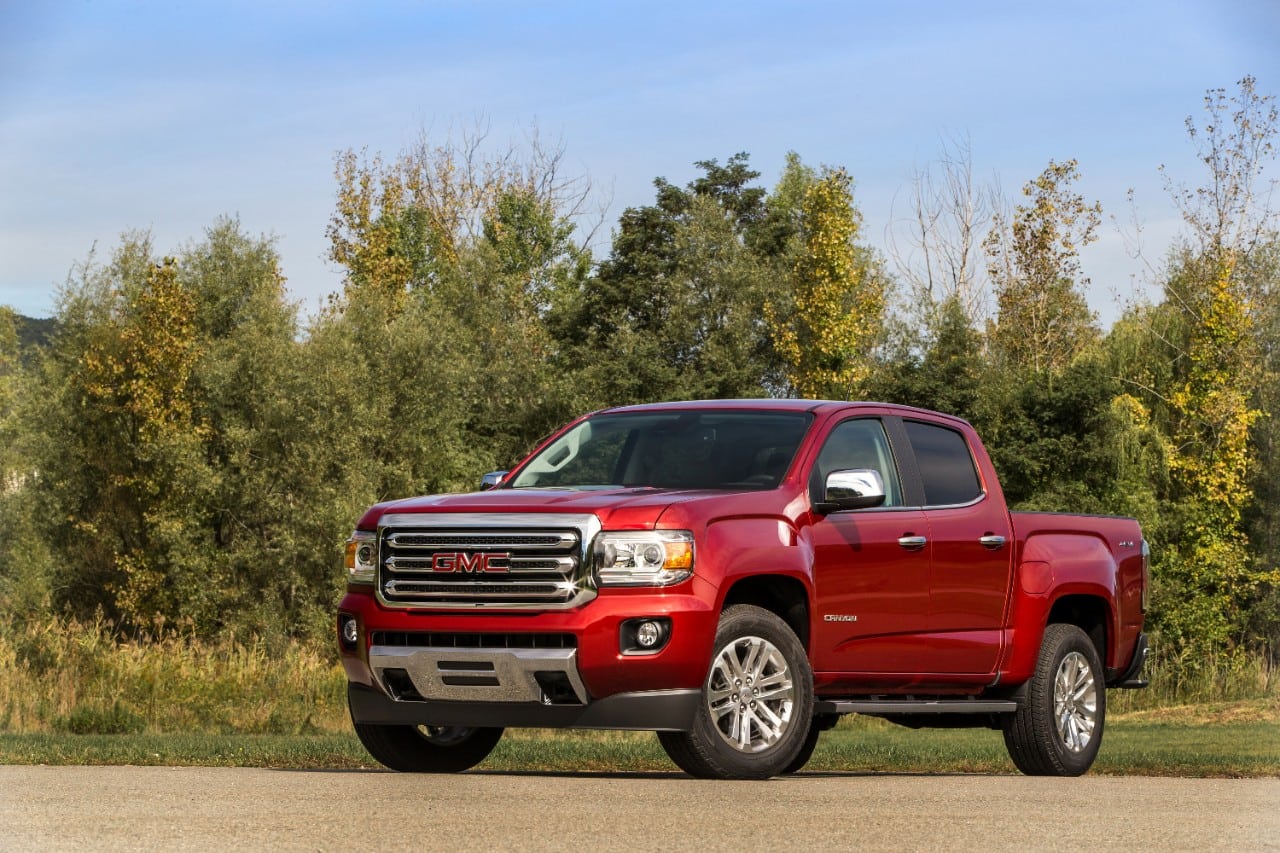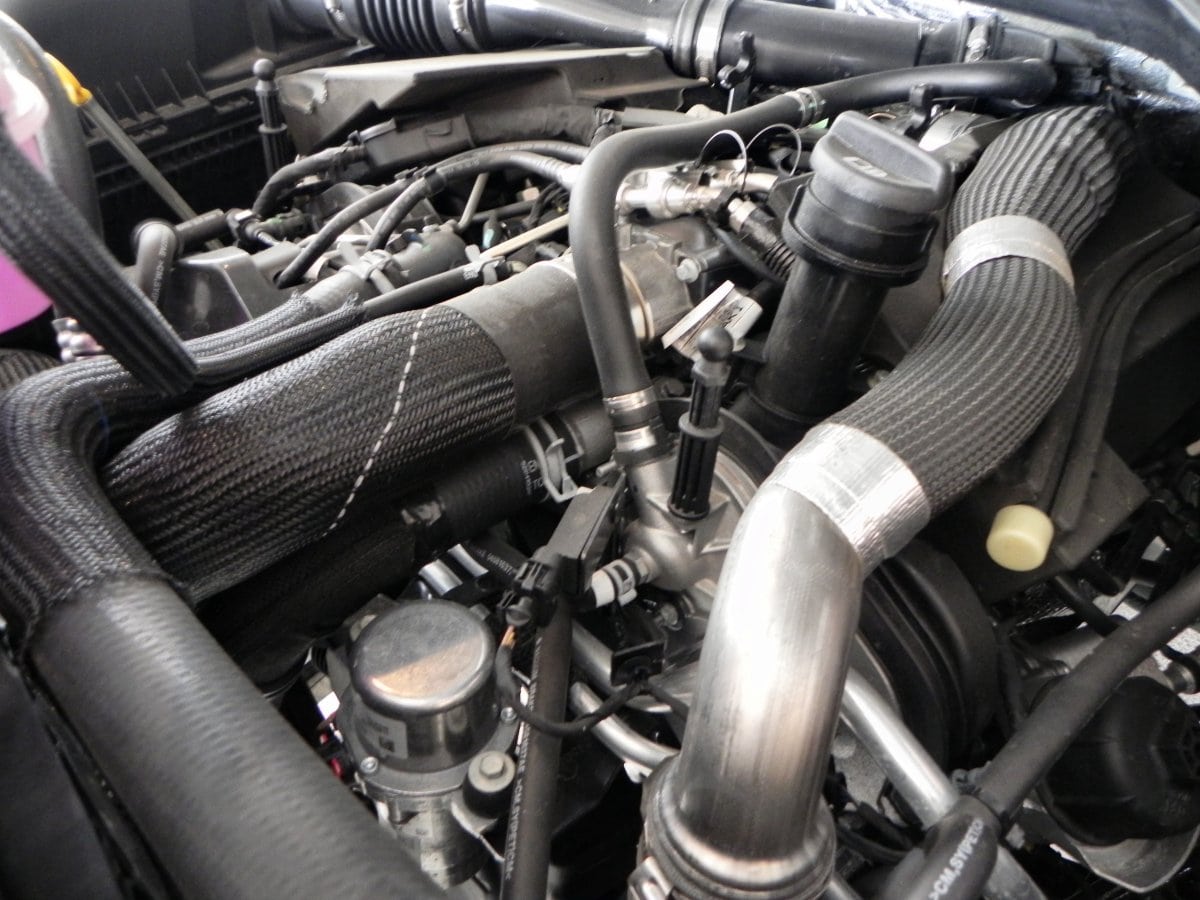Parents in today’s world face a problem that didn’t exist 20-30 years ago: convincing children that it’s time they get their own car! The liberating freedom that many generations of young children desired in the form of a vehicle, is now found on a smartphone. Simply said, many teens are more concerned with social media than they are about a car. Therefore, you’ll need to guide them in this crucial process so that they get something that is safe and in tune with their needs. Regardless if they may seem more concerned with social media, if you live in a rural area which doesn’t have much public transportation or if you’d like someone else to be the designated family taxi driver for a change, you most definitely want to buy your child a car as soon as possible. Here’s a guide to go by when it comes to doing just that.
Is My Child Ready To Drive?
Before you begin choosing a car, you’ll want to ask yourself if your child is really mature enough to be driving. Many drivers proclaim that they got their first car at 16. However, many people look back at that fact and are surprised they didn’t kill themselves because of a lack of responsibility that they had at such a young age. Therefore, it pays to know that just because the state may say a child can get a car at 16, it doesn’t mean that they are mature enough to get it. In fact, as you may already know a vast majority of the accidents that occur on the highway, stem from drivers between the ages of 16 – 19. Therefore, evaluate your child and determine if they are in fact ready, to drive a car, regardless if they are legally old enough to.
It’s important to remember that regardless of what age your child starts driving, statistics show they will be at a high risk of getting into an accident during their first year. They’ll have to get used to the vehicle, other drivers, roads, signs and street. By setting some ground rules you can lower their risk of getting into an accident
Ground Rules
If you have determined that your child is mature and responsible enough to start driving, the next thing you should do is to establish a set of rules for the road. Before your child begins to drive, you need to decide who can or can’t ride with your child. Questions you should ask yourself include:
- Am I okay with other children under 18 riding with my child?
- Can my child share their ride with anyone?
- Should by child only carry family members as their passengers
Regardless of what you decide as far as who can or can’t ride with your child, you need to establish those rules from the beginning even before the child receives the vehicle. For instance, if your child decides to carry a passenger other than you, establish a rule that states that they need to call you and tell you where he/she is taking said passenger. Another thing to consider is that accidents tend to primarily occur at nighttime. As such, you could tell them that nighttime driving is out of the question until they become more experienced. Additionally, talking and texting must be avoided at all cost and is illegal in most states. You’ll also want to ensure that they understand the importance of following the laws such as using seat belts and staying within the speed limit.
Determining What Kind Of Car Your Child Actually Wants
Okay, so now your child is mature enough to drive, you established a set of ground rules, now it’s time to find a great deal for your child. Chances are that, while you want to get a safe vehicle for your child that they can use to get from A to Z, you may not want a brand vehicle car for them. In fact, most parents find a middle ground that they work with such as used cars in Beavercreek Ohio.
Once you get an idea of how much you are able to spend, you can check websites like Cars.com to see what kind of car your child will more than likely want. In addition to that, you can also check the Consumer Annual Report Reviews to get a better idea of what they would want. By doing this, you will be able to get a car that’s a similar make or model that they actually like as opposed to a certain car they may dislike feel little motivation to take care of.
The Hunting Process
Once that is done, you will have two options for getting the car, each option comes with its own sets of pros and cons so be aware.
- Get It From A Dealer – Many parents choose this option because it’s much safer than a private seller. In addition to that, you can test drive multiple vehicles yourself to see if you’re comfortable with allowing your child to drive it. However, you will have to pay more for that added layer of safety. As such, buying from a dealer is much more expensive.
- Get It From a Private Seller – This is a much more affordable solution. But, it can prove to be quite a hassle. Unlike a dealership where you will be able to test drive multiple cars from one location, you will have to travel and meet multiple sellers if you want to buy it from a private seller. In addition to that, the vehicle may not be listed on sites list the vehicle’s history, so you will have to take their word as far as the safety and/or defects of the vehicle.
Getting The Best Deal For Your Child
After you’ve decided which option you will use to buy the vehicle, here are some tips to consider when it comes to getting a good vehicle at a great price.
1) When It Doubt, Walk Away
If their price is too high and the seller won’t budge, don’t be hesitant to walk away. Stick to your budget. In some cases, walking away may actually be the thing that gets the private seller to lower their price!
2) Don’t Let Your Child Be Fooled By Appearances
The last thing you should do is to get a car, simply because your child fell in love with it immediately. You’ll need to be certain that it runs as smoothly as it looks.
3) Get Informed
Once you and your child gravitates toward a certain vehicle, ensure that you check certain aspects of the car before committing such as
- Specs
- Value
- Features
- History Report
- Fuel Efficiency
Inspecting The Car
Once you’ve decided on what car you are going to buy, you’ll need to do a quick inspection yourself, regardless of what vehicle history sites says. Ideally you should check:
- Rust Check – If one thing is rusted, chances are there’s a lot more where that came from
- Windshield – Are there any cracks or chips on the windshield? If so, depending on where you live, you have to fix it before it can pass inspection.
- Wheels- Look and see if the wheels have any bending or dents. That may be indicative of the driver hitting a curb or pothole.
- Tires – Evaluate the tires and determine if it shows signs of heavy wear .
- Engine Noise Check- Turn on the engine and determine if you can hear any concerning sounds and see if you can see any issues such as smoke.






